It won’t come as a shock that American diets aren’t the most nutritious. Karen Broussard, Second Harvest Food Bank’s vice president of agency relations and programs, writes in The Orlando Sentinel about how the COVID-19 pandemic is increasing the chronic illnesses of hunger. Her guest column appeared on March 18, 2021 online and in print on March 19.
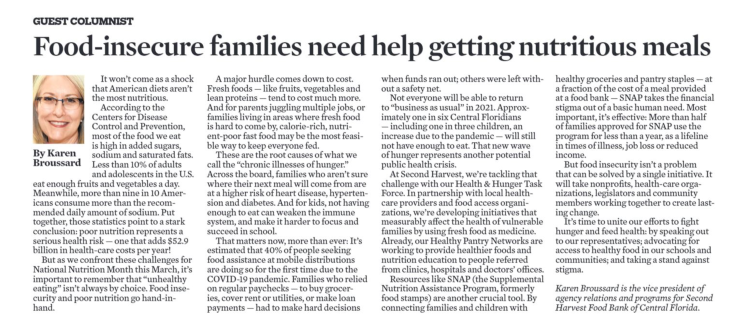
According to the Centers for Disease Control and Prevention, most of the food we eat is high in added sugars, sodium and saturated fats. Less than 10% of adults and adolescents in the U.S. eat enough fruits and vegetables a day. Meanwhile, more than nine in 10 Americans consume more than the recommended daily amount of sodium. Put together, those statistics point to a stark conclusion: poor nutrition represents a serious health risk — one that adds $52.9 billion in health-care costs per year!
But as we confront these challenges for National Nutrition Month this March, it’s important to remember that “unhealthy eating” isn’t always by choice. Food insecurity and poor nutrition go hand-in-hand.
A major hurdle comes down to cost. Fresh foods — like fruits, vegetables and lean proteins — tend to cost much more. And for parents juggling multiple jobs, or families living in areas where fresh food is hard to come by, calorie-rich, nutrient-poor fast food may be the most feasible way to keep everyone fed.
These are the root causes of what we call the “chronic illnesses of hunger.” Across the board, families who aren’t sure where their next meal will come from are at a higher risk of heart disease, hypertension and diabetes. And for kids, not having enough to eat can weaken the immune system, and make it harder to focus and succeed in school.
That matters now, more than ever: It’s estimated that 40% of people seeking food assistance at mobile distributions are doing so for the first time due to the COVID-19 pandemic. Families who relied on regular paychecks — to buy groceries, cover rent or utilities, or make loan payments — had to make hard decisions when funds ran out; others were left without a safety net.
Not everyone will be able to return to “business as usual” in 2021. Approximately one in six Central Floridians — including one in three children, an increase due to the pandemic — will still not have enough to eat. That new wave of hunger represents another potential public health crisis.
At Second Harvest, we’re tackling that challenge with our Health & Hunger Task Force. In partnership with local health-care providers and food access organizations, we’re developing initiatives that measurably affect the health of vulnerable families by using fresh food as medicine. Already, our Healthy Pantry Networks are working to provide healthier foods and nutrition education to people referred from clinics, hospitals and doctors’ offices.
Resources like SNAP (the Supplemental Nutrition Assistance Program, formerly food stamps) are another crucial tool. By connecting families and children with healthy groceries and pantry staples — at a fraction of the cost of a meal provided at a food bank — SNAP takes the financial stigma out of a basic human need. Most important, it’s effective: More than half of families approved for SNAP use the program for less than a year, as a lifeline in times of illness, job loss or reduced income.
But food insecurity isn’t a problem that can be solved by a single initiative. It will take nonprofits, health-care organizations, legislators and community members working together to create lasting change.
It’s time to unite our efforts to fight hunger and feed health: by speaking out to our representatives; advocating for access to healthy food in our schools and communities; and taking a stand against stigma.
Speak out on health and hunger issues.
Receive advocacy alerts on programs and policies that make a difference.


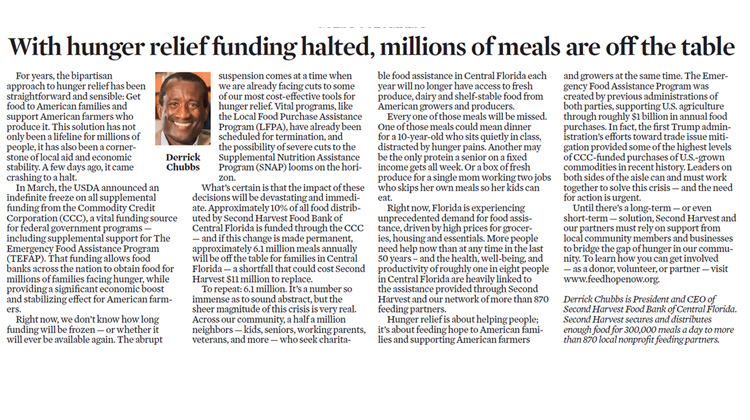
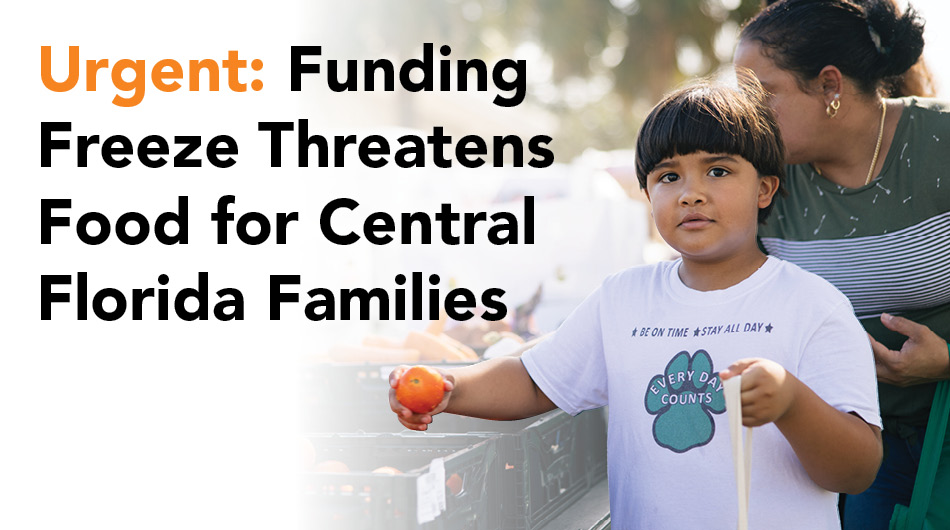
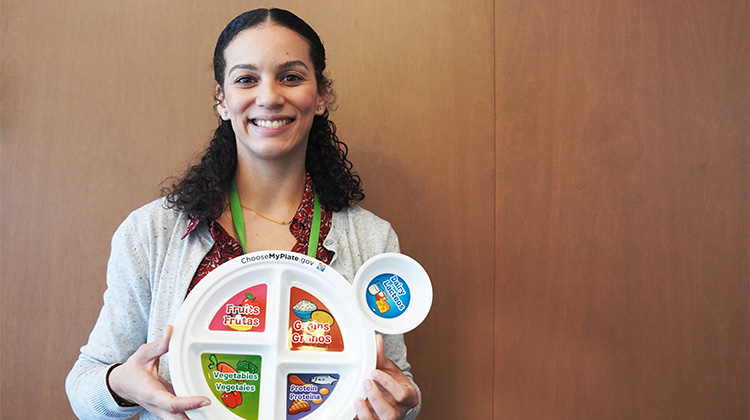
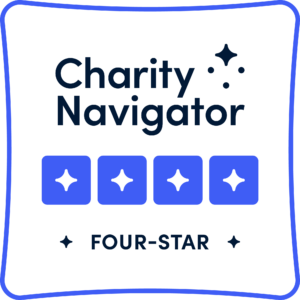

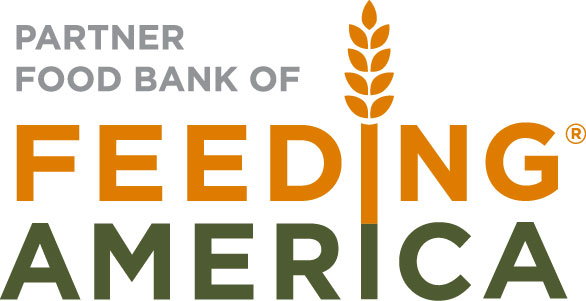
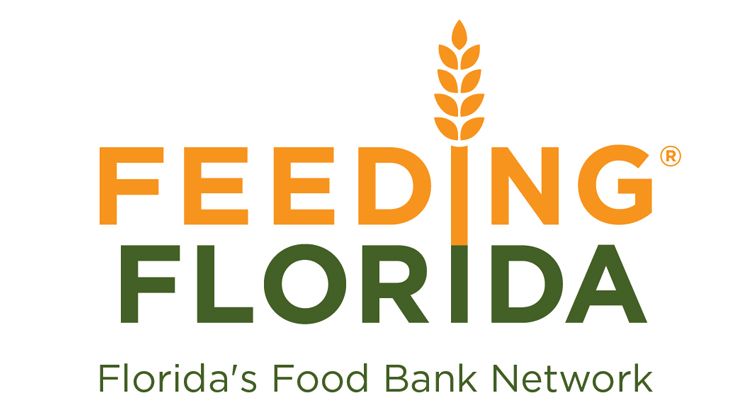
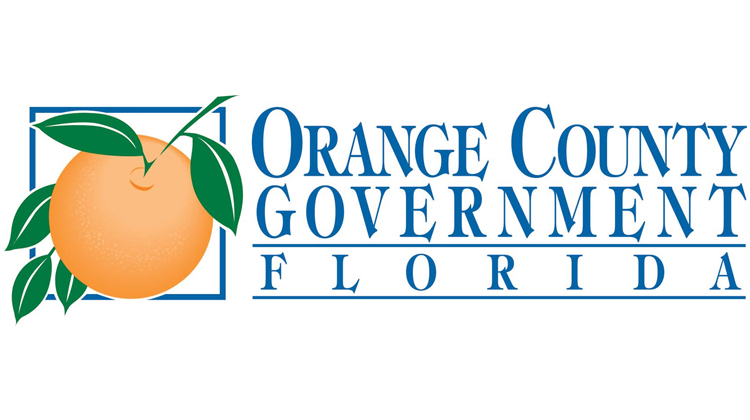
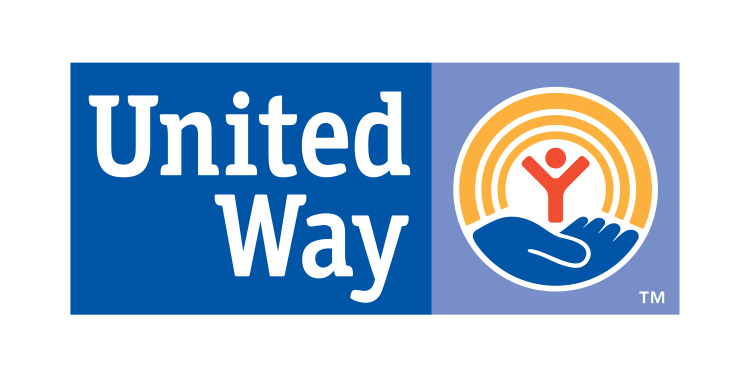

Leave a Reply